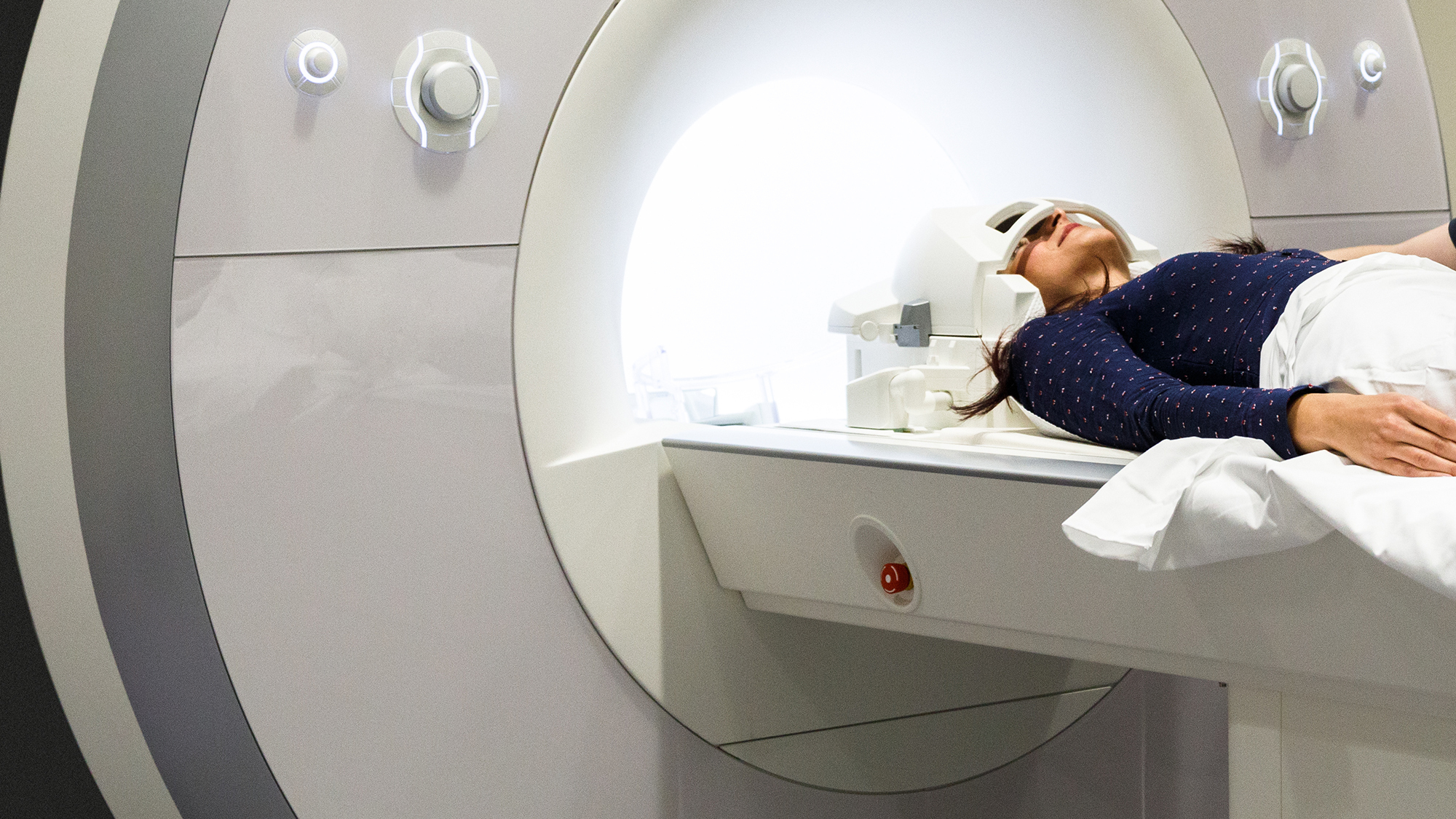

New research indicates that the traumatic memories of patients with post-traumatic stress disorder are represented very differently in the brain than “regular” sad autobiographical memories. A small study published November 30 in the journal Nature Neuroscience supports the idea that traumatic memories are a different cognitive entity than more routine bad memories. This may provide a biological explanation for why recalling traumatic memories can manifest as intrusive thoughts that are different from other negative recollections.
[Related: PTSD found in 1 in 4 adults in Flint, Michigan, after water crisis.]
The study was conducted by a team from the Icahn School of Medicine at Mount Sinai in New York and Yale University. It examined patients’ real-life personal memories in an effort to link their lived experiences with the brain’s functioning.
“For people with PTSD, recalling traumatic memories often displays as intrusions that differ profoundly from processing of ‘regular’ negative memories, yet until now, the neurobiological reasons for this qualitative difference have been poorly understood,” study co-author and Icahn Mount Sinai neuroscientist Daniela Schiller, said in a statement. “Our data show that the brain does not treat traumatic memories as regular memories, or perhaps even as memories at all. We observed that brain regions known to be involved in memory are not activated when recalling a traumatic experience.”
Schiller told The New York Times that the brain can be in a different state in two different memories, depending on which type of memory is playing out. When recalling trauma, the brain looks like it is processing experiences of something in the present instead of the past.
What is PTSD?
Posttraumatic stress disorder may occur in people who have experienced or seen a traumatic event, series of events, or set of circumstances. The American Psychiatric Association says PTSD may affect mental, physical, social, and/or spiritual well-being. Some events that can cause PTSD are are natural disasters, war or combat, sexual assault, intimate partner violence, and bullying.
PTSD symptoms are generally grouped into four types, according to The Mayo Clinic. These include intrusive memories, avoidance, negative changes in thinking and mood, and changes in physical and emotional reactions. Symptoms can be very individual and include things like flashbacks, avoiding specific places or people, and hopelessness. They can also vary over time.
According to data from the United States Department of Veterans Affairs, about six percent of people in the US will have PTSD at some point in their lives. Many with PTSD will recover and no longer meet diagnostic criteria for the disorder following treatment. Some treatments for PTSD include cognitive behavioral therapy and cognitive processing therapy. There are also four medications (sertraline, paroxetine, fluoxetine, and venlafaxine) that have a conditional recommendation to treat PTSD.
Where does PTSD affect the brain?
Earlier studies showed that a brain region called the hippocampus governs both the formation and retrieval of episode memories. PTSD is associated with structural abnormalities of the hippocampus, mostly a reduction of its volume. Impairments to the processes of the hippocampus are a focal point in studying how PTSD affects the brain.
A region called the posterior cingulate cortex is also heavily involved in both narrative comprehension and processing of our memories. The PCC is particularly involved in the imagery of more emotional memories. Alterations in PCC function and connectivity are also very focal to PTSD the way that the hippocampus is.
Differentiating between traumatic memories and sad memories
In the study, the team examined whether and how the hippocampus and posterior cingulate cortex differentiate a traumatic autobiographical memory from merely a sad one. They used functional magnetic resonance imaging to look at the brains of 28 participants diagnosed with PTSD.
[Related: New human brain atlas is the most detailed one we’ve seen yet.]
They asked each of the participants a range of questions. These questions pertain to their traumatic experiences, sad events, and the moments when they felt relaxed. A team member wrote each person’s story down and then read it back to them while they underwent fMRI scans. The fMRI mapped the brain’s activity based on blood flow during the process.
Researchers found that the activity in the hippocampus followed similar patterns of activity among all of the subjects when they were reminded of sad or relaxing experiences. This suggests the memory formation here is more typical.
However, when the stories of their traumatic experiences were read, that similar activity in the hippocampus disappeared. The hippocampus of each subject showed individualized and disjointed activity. The activity was more disorganized and fragmented across the brain and did not look like the more in-sync patterns the brain exhibits during normal memory formation.
Additionally, if more PTSD symptoms were present, more activity appeared in the PCC.
How this could shape future PTSD treatment
The results may explain why PTSD patients have difficulty recalling traumatic experiences in a coherent way. It could also indicate why these past experiences can trigger disabling symptoms in patients with the disorder.
PTSD patients’ brains work differently when recalling traumatic experiencesudy co-author and Yale University clinical psychologist Ilan Harpaz-Rotem said in a statement. “However, when presented with stories of their own traumatic experiences, brain activity was highly individualized, fragmented, and disorganized. They are not like memories at all.”
Future treatments aimed at “returning” the traumatic memory to a more typical representation in the hippocampus may be beneficial. According to Harpaz-Rotem, this research could help psychotherapists guide PTSD patients to construct more helpful thought patterns that could help the brain eliminate the sense of immediate threat that trauma can cause.
